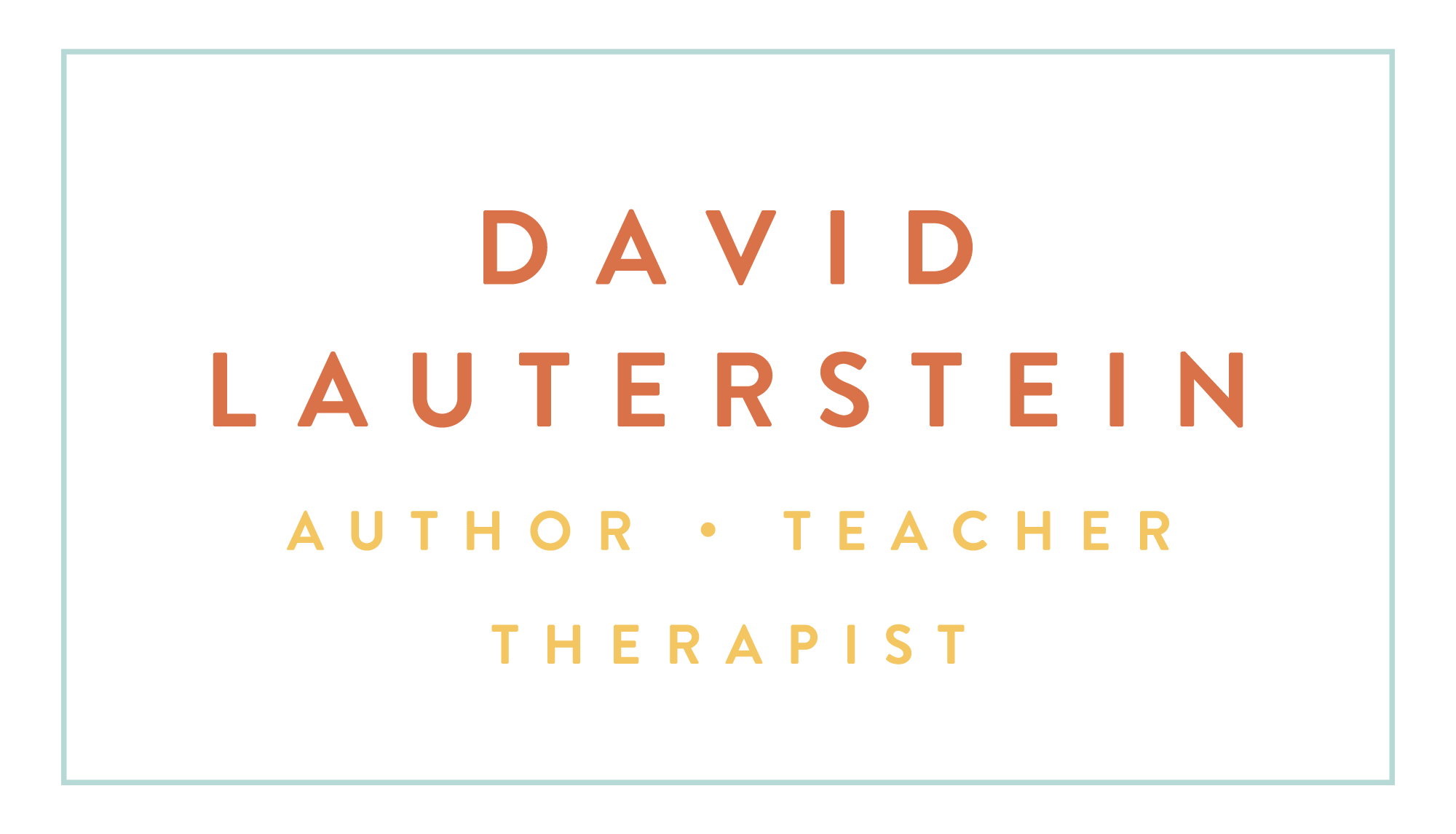THE PHYSIOLOGY OF SANITY
Though I try to concentrate on being productive at this time and on not feeling hopeless, there are dangers to the “happy consciousness.”
Mostly because the so-called “negative” emotions are there for a reason. The main issue is how we process those emotions and eventually take actions that are beneficial to ourselves, our famiy, community and the world.
First some important physiology - emotions and conscious thinking are “produced” in vastly different areas of the brain. Emotions come from the limbic system. Located in the middle of the brain, the limbic system deals with emotions, with memory, and is directly tied into the autonomic and endocrine functions which affect your whole body. For instance, the amygdala, which responds to danger, is only one synapse away from the hypothalamus, which is essentially in charge of the entire autonomic and endocrine systems. The limbic system first appeared in mammals about 150 million years ago.
Conscious thought, conscious awareness of emotion, and rational decision-making, on the other hand, originates from the cerebrum, “the neo-cortex”, the evolutionarily newest part of the brain. The neo-cortex as we know it in humans emerged about 200 thousand years ago. Language, which assists with conscious thought, emerged about 100 thousand years ago.
150 million vs. 100-200 thousand!
In other words the emotions we feel are about 750 times older than the neo-cortex and 1,500 times older than language! No wonder we have a hard time integrating feelings and thoughts! It’s like trying to have a productive conversation between a squirrel and a college professor! Emotions are inherently irrational and reason basically unemotional. Obviously they need to be in communication, yet are separated by many million years of evolution.
So when it comes to making rational decisions which nonetheless take emotions into account, we need to let each part of the brain have its day and have its say. Resist the tendency to try to feel and think simultaneously!
Especially when you are have strong feelings, sit or lie down and take some time to feel them. Where in your body do they seem to be originating? Can you breathe while you are feeling this? Rigorously avoid the tendency to think about the feelings. Imagine what you might do with this feeling if you were totally uninhibited. Run away? Strike out? Cry? Scream? I find if I take time to just to feel, to explore the emotions I’m having, I usually am finished with the feeling part in about five minutes. It’s when I bounce back and forth from the feelings to the thoughts, from the impulses to the narrator in my head then it can go on and on in a seemingly endless, frustrating loop.
So after devoting time to just feel, then and only then, begin to focus on your thoughts. Using your rational mind and creative imagination – left and right sides of the brain, now think about what you’re feeling. Identify the emotions in more detail – is this just irritation, frustration resentment, rage, etc.? Are you having more than one feeling?
Become more conscious of your impulses to act. Then begin to choose. Using imagination and rational thought, which actions might you take or not take that will serve yourself and help the most with the situation you’re in?
When you feel resolved and content with this thinking process. Then actually plan what to do and when. Particularly, if the situation needs time before action, decide to wait before acting. In the case of chronic, troubling emotions arising from a situation one cannot immediately control through action – then you may need to develop the habit of each day going through this process. Give yourself time just to feel, then ample time to think about what you’re feeling, a range of possible helpful actions, and consider the best action you can take to deal with the situation. And sometimes the best action is none at all – especially, as it says in the serenity prayer, cultivate the wisdom to know the difference between what you can change and what you can’t. Almost always though we can change our attitude, even if we can’t change the circumstance.
For instance, with physical distancing and sheltering in place and the emotions it brings up:
1. Allow yourself to fully feel the emotions that are arising in you. Take up to five minutes
2. Think about these emotions. What are the causes of those feelings?
3. What things can you do that will be helpful responses to those feelings?
4. Consciously choose action(s) that feels emotionally right. Know that non-action can be as helpful as taking action.
5. Take action.
6. Monitor the response, each action is subject to trial and error. Modify if necessary.
Remember, often the inner work of having felt emotions thoroughly, then graced them with helpful thought, and then taking action or non-action – will relieve the pressure of unprocessed emotions.
May we enjoy our miraculous capacity to feel, to think and to act. Done well - when each is given the time to do what they do best - it is a crowning achievement of humanity.

